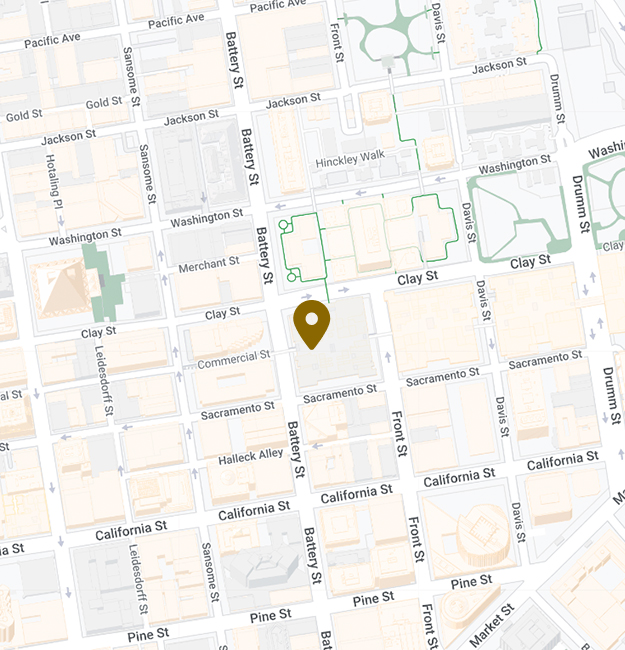Balcony Safety in California

California has stringent requirements when it comes to balcony safety. The state has specific regulations in place to prevent injuries and falls, particularly concerning balcony railings. In this blog post, we delve into the details of these regulations, the responsibilities of building owners and landlords, and explore various legal aspects surrounding balcony safety in California.
Balcony Railing Requirements:
California’s commitment to safety is evident in the Alameda City ordinance, which mandates building owners to maintain their properties, including ensuring the safety of balcony railings. The design of these railings must be robust enough to withstand a horizontal force of 20 pounds per lineal foot, applied at the top of the railing. Landlords are obligated to adhere to these safety standards, especially when it comes to addressing known defects. This duty extends to defects that could have been discovered through reasonable inspection, and failure to comply may result in liability for injuries caused by such defects.
The Division of Industrial Safety has also issued safety orders. The orders indicate the importance of standard railings or personal fall protection devices for specific elevated work platforms. While not explicitly stated, these requirements might be analogously applicable to residential balconies.
Negligence In Balcony Injuries
In cases involving balcony injuries, the legal concept of negligence plays a pivotal role in determining liability. Negligence refers to a failure to exercise the care that a reasonably prudent person would exercise in similar circumstances, resulting in harm or injury to others. When examining balcony injury cases in California, several key elements of negligence come into play:
- Duty of Care:
- The first element involves establishing a duty of care owed by the party being accused of negligence. Property owners have a duty to maintain safe conditions. This includes securing railings and maintaining structural integrity.
- Breach of Duty:
- The next step is demonstrating a breach of that duty. This could involve failing to address known defects in balcony railings, neglecting necessary repairs, or not meeting the state-mandated safety standards for balconies.
- Causation:
- Causation links the breach of duty directly to the injuries suffered. It must be demonstrated that the negligence, such as inadequate railing maintenance, was a substantial factor in causing the harm.
- Foreseeability:
- Foreseeability assesses whether a reasonably prudent person could have anticipated the potential risks associated with the negligence. This is crucial in determining if the property owner or landlord should have been aware of the balcony’s unsafe conditions.
- Proximate Cause:
- Proximate cause delves into the direct connection between the negligence and the resulting injury. It evaluates whether the harm was a reasonably foreseeable consequence of the breach of duty.
- Damages:
- Finally, to establish a successful negligence claim, there must be measurable damages. This includes: physical injuries, medical expenses, emotional distress, or other losses suffered by the injured party.
Third-Party Liability & Balcony Safety in California:
Understanding the nuances of negligence in balcony safety is crucial. In a noteworthy case, a pest inspection company was found not to owe a duty to a guest to discover and disclose dry rot damage to a railing that led to a fall. The court considered the connection between the company’s alleged failure and the guest’s injury to be attenuated. This highlights an essential distinction. While landlords are obliged to maintain safe conditions, third parties like inspection companies may not carry the same duty, depending on the circumstances.
California Code of Regulations defines a balcony as a landing or porch projecting from a building wall, serving as a required means of egress. Specific requirements include the long side being at least 50 percent open, with the open area above the guardrail distributed to prevent smoke or toxic gas accumulation. Local building codes and regulations further contribute to shaping these safety standards, emphasizing the need for compliance across jurisdictions.
Liability in Unique Circumstances:
In cases involving intoxication, courts have applied the doctrine of comparative negligence. This means that a plaintiff’s voluntary intoxication could potentially affect the liability of the defendant. This introduces another layer of complexity to legal considerations.
A case where a sublessor eliminated one of the staircases in an apartment leading to each balcony brings attention to the importance of escape routes during emergencies. The court determined that whether the sole means of escape was evident to the layman-tenant was a question for the jury.
Legal Representation After Balcony Safety Injury in California:
Ensuring balcony safety in California involves navigating through a complex web of regulations, duties, and liabilities. Building owners and landlords must be aware of their responsibilities, keeping their properties in compliance with safety standards. Local building codes and regulations add another layer of consideration. Property owns must stay informed and proactive in maintaining safe balcony conditions. By understanding the legal landscape and taking preventive measures, property owners can contribute to creating a safer living environment for residents and guests alike.









